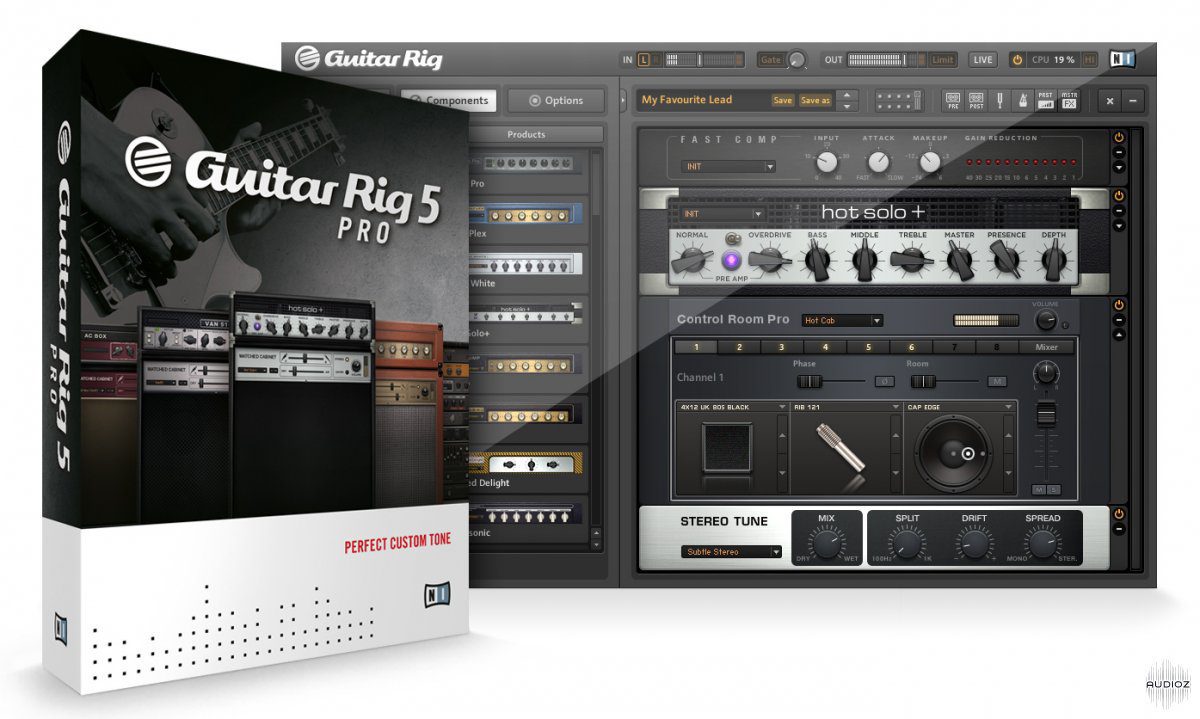

If you’ve got half a dozen guitars crowding up your mix, consider fighting fire with fire: put that amp sim on your vocal and give it a fighting chance. More presence is huge when you’re fighting to get your effects to cut through a dense mix. This directly translates into more presence in your effect sends. Since these effect pedals were originally made for guitars, they often give a grittier, mid-focused tone than a dedicated plugin might. Every amp sim is different, but often you’ll find some form of time-based effects like reverb and delay. Stompboxes For VocalsĪnother way that virtual guitar rigs afford engineers additional creativity is through the use of effects pedals/stompboxes. Try automating this effect into your track, or mix it in parallel underneath an unprocessed copy of the same track. Once you’ve got these settings adjusted, you’ll quickly find your vocals can be morphed into a compressed, punchy effect track. Unless you’re going for a highly distorted, harsh vocal tone, you’re probably going to want to start off by dialing back the gain and adjusting the EQ to suit the vocal in lieu of a guitar. These genres rely on constant innovation – something your virtual guitar rig is more than capable of adding.Īre we saying you should send your vocal through a high-gain amp and expect an instantly useable result? Not at all – that’s not what the amps are expecting to process, which means you need to adjust to your source. Think about all of the editing being done to vocal hooks in hip-hop and EDM. Just look at how often pop music works to use phase & harmony to morph their vocals.

The competition for playtime can often come down to the unique qualities of a vocal performance. Vocal producers should be on a constant lookout for new and exciting vocal tone. If you’re someone focused on vocal production, you might think you wouldn’t have a use for amp sims… Coupled with impulse responses, a single amp sim can give you an endless variety of tones.īut let’s take a look at the part of the music industry that often turns away from the tonal capabilities of virtual guitar rigs. Amp sims give engineers various types of gain, effects, mic placements and much, much more. Much like other plugins, amp sims and virtual guitar rigs have replaced expensive hardware equipment with options that match (and even surpass) the tone of their physical competition.
GUITAR RIG SOFTWARE SOFTWARE
They’re one of the first things that come to mind when you talk about software that’s redefined the recording industry as a whole, right behind digital audio workstations. Amp sims are a huge space saver for a lot of self-recording guitarists that don’t have high-end recording equipment and engineers that don’t have the space/desire/funds for a large guitar amp collection.


 0 kommentar(er)
0 kommentar(er)
